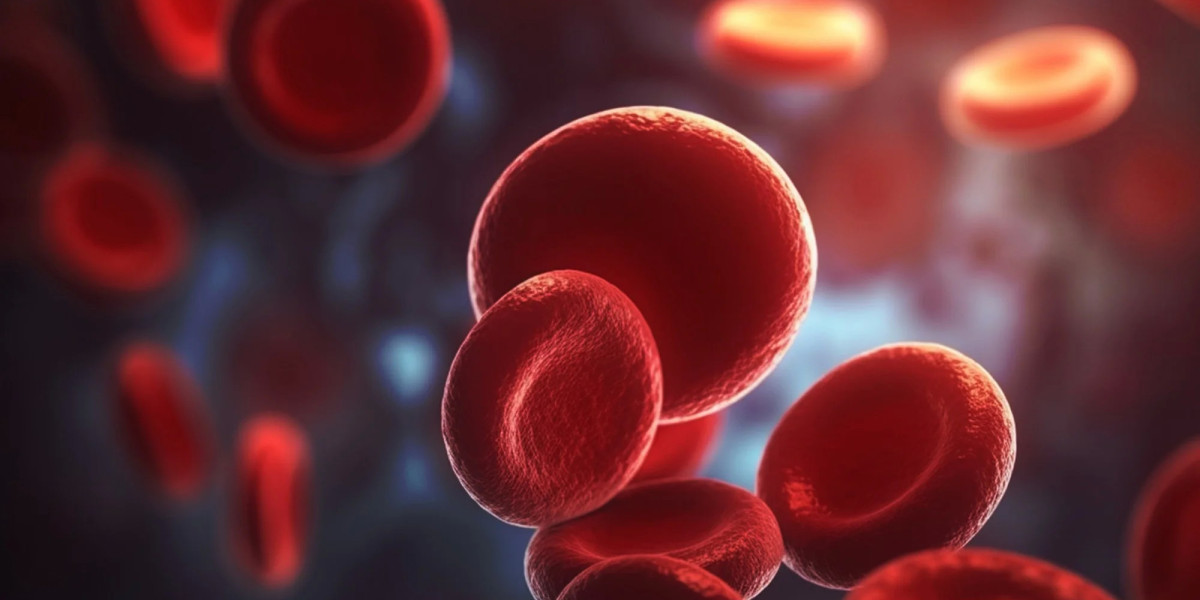One of the physiological responses that occurs in the body is called hyperemia, which is also commonly referred to as congestion. This response is characterized by an increase in blood flow to a certain organ or tissue. A number of different variables, such as inflammation, injury, or increased metabolic activity, can all contribute to the development of this illness. For a full comprehension of the effects that hyperemia has on one's health and well-being, it is vital to have a fundamental understanding of the condition.
Varieties of Hyperemia:
Active hyperemia: Active hyperemia is a form of hyperemia that takes place when there is an increase in the amount of blood that is flowing to tissues as a result of an increase in the amount of metabolic activity or demand. As an illustration, when muscles are engaged in physical activity, they require a greater quantity of oxygen and nutrients, which eventually results in active hyperemia.
Passive hyperemia: The condition known as passive hyperemia, which is often referred to as congestion, occurs when blood builds up in tissues as a result of decreased venous outflow. This may take place as a result of the obstruction or compression of blood vessels, which ultimately results in an accumulation of blood in the region that is affected.
Hyperemia can be caused by:
Inflammation: Within the context of the immune response of the organism, inflammatory processes are responsible for the activation of hyperemia. Increased blood flow facilitates the delivery of immune cells and nutrients to the damaged area, which aids in the healing process.
Because of the increased need for energy, muscles experience active hyperemia when they are subjected to rigorous activity or physical exercise. This is because the muscles require more oxygen and nutrients to meet the increased demand for energy.
Damage to tissue causes an increase in blood flow to the wounded area, which makes it easier for healing substances like platelets and growth factors to be delivered to the affected area.
Changes in Temperature: Being exposed to low temperatures can create active hyperemia, which is an attempt to keep the body at a constant temperature. On the other hand, being exposed to heat can cause passive hyperemia, which occurs when blood vessels widen in an effort to disperse heat.
The following are symptoms and effects:
Erythema: Redness, also known as erythema, is a typical visual indication of hyperemia. It is caused by an increase in blood flow to the affected area, which frequently results in redness.
In certain instances, hyperemia can result in swelling, also known as edema, as a consequence of the buildup of fluid in the internal tissues.
It is possible that the afflicted area will feel warm to the touch as a result of the increased blood flow and metabolic activity.
Inflammatory processes: that are connected with hyperemia can generate pain or discomfort at the site of increased blood flow. This can either be a painful or uncomfortable experience.
Both the Diagnosis and the Treatment:
Through a clinical examination, medical professionals are able to diagnose hyperemia by observing signs such as redness, swelling, and warmth, in addition to doing a physical examination.
For the purpose of seeing blood flow and determining the degree of hyperemia, imaging techniques such as ultrasonography and magnetic resonance imaging (MRI) may be utilized.
Therapy: The treatment for hyperemia is contingent upon the underlying etiology of the condition. It may involve the use of anti-inflammatory drugs to treat inflammation, the removal of venous blockage, or the management of the underlying ailment that is contributing to increased blood flow.
Possible Consequences for Health:
It is essential to have a solid understanding of hyperemia in order to keep one's vascular health in good condition. Conditions that affect the regulation of blood flow can be a contributing factor in a variety of cardiovascular illnesses.
The presence of hyperemia is a crucial factor in the development of inflammatory disorders such as arthritis, which is characterized by an increase in the amount of blood that flows to the joints, resulting in pain and swelling.
Exercise Physiology: In the field of exercise physiology, having a grasp of the mechanisms that underlie active hyperemia is beneficial for improved athletic performance and the optimization of training regimens.
Concluding remarks:
An essential physiological reaction that involves an increase in the amount of blood that flows to tissues is known as hyperemia. Regardless of whether it is brought on by inflammation, injury, or the demands of metabolism, hyperemia plays an essential part in the process of promoting healing and preserving the proper health of tissues. For the purpose of accurate diagnosis and treatment of disorders that involve irregular blood flow, it is vital to have a thorough understanding of the conditions' causes, symptoms, and implications for health.



